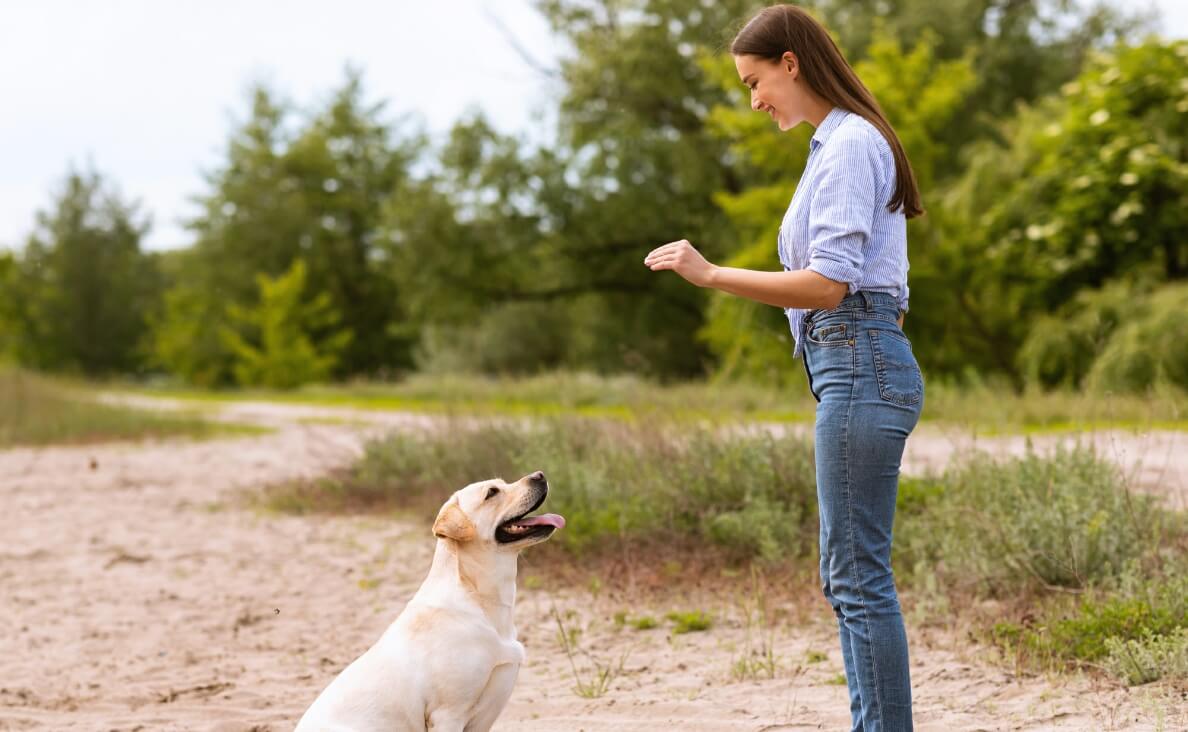
Training your dog can be one of the most rewarding parts of pet ownership, but it often requires patience, consistency, and, most importantly, the right motivation.
This is where high value treats for dogs come into play. These treats go beyond the average kibble or biscuit, offering a way to capture your dog’s attention, spark enthusiasm, and ensure training success. But what exactly are high value treats, and how can you use them effectively? Let’s dive in.
Related: Guide to Choosing the Best Dog Treats for Your Dog
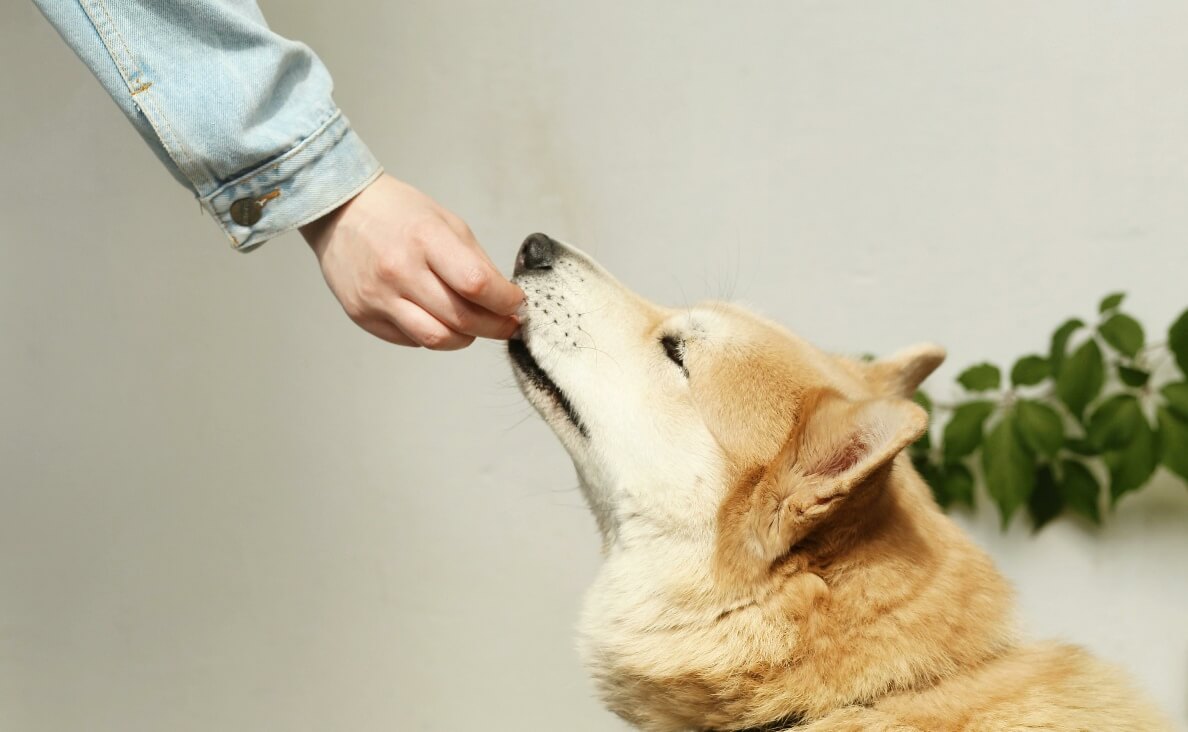
1. What Are High Value Treats for Dogs?
High value treats for dogs are the culinary equivalent of a decadent dessert for humans. These are the treats that your dog finds utterly irresistible. Unlike everyday snacks, high value treats are special rewards used sparingly for situations when you need your dog’s full focus and cooperation. They stand out due to their rich aroma, unique texture, and savory taste, making them more appealing than regular treats.
Common examples of high value treats include small pieces of cooked chicken, cheese, freeze-dried liver, or hot dog slices. What makes these treats high value is often subjective—it depends on what your dog loves most. While one dog might go wild for peanut butter, another may prefer fish-flavored treats.
These treats are typically soft, easy to chew, and small enough to avoid interrupting the flow of training. A good high value treat will immediately grab your dog’s attention without filling them up too quickly. The key is to identify what makes your dog’s tail wag the hardest and reserve it for special occasions.
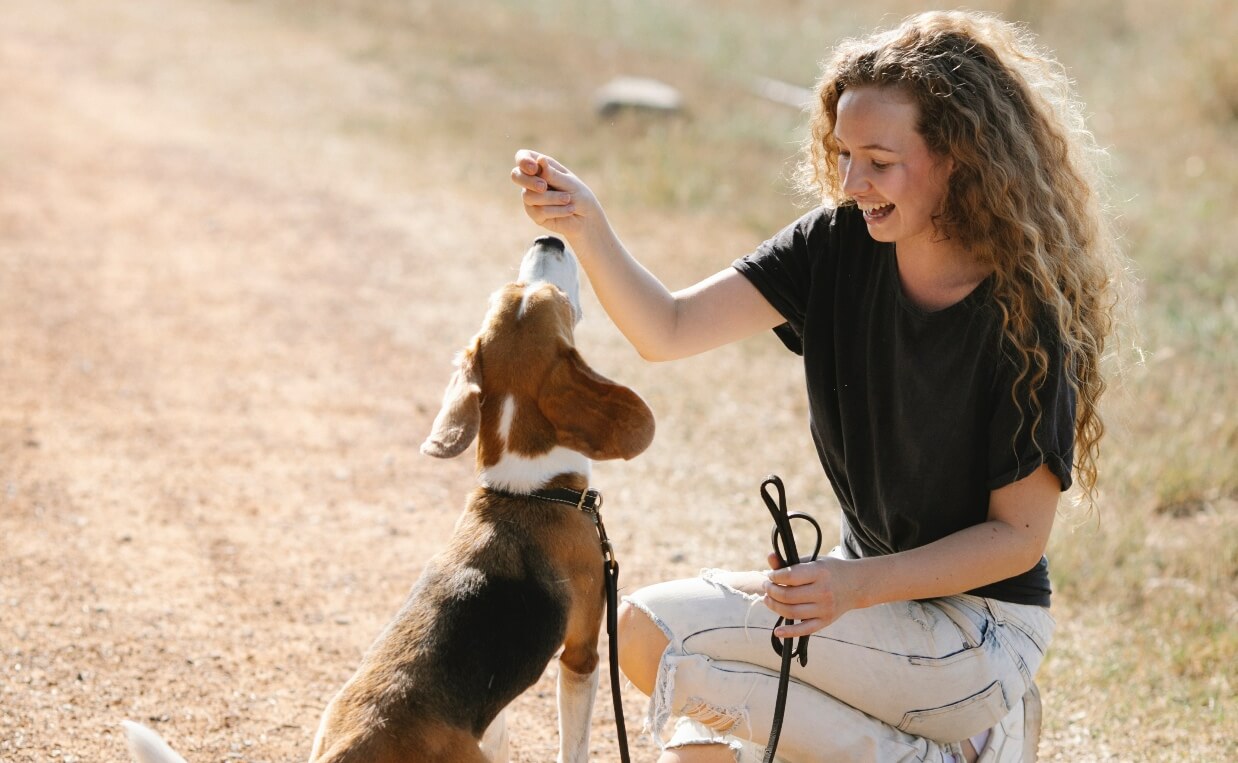
2. Why Use High Value Treats for Dogs?
High value treats are powerful tools in training because they tap into your dog’s natural desire for rewards. Positive reinforcement is one of the most effective training methods, and high value treats amplify this technique. When you reward a desired behavior with something your dog finds irresistible, it reinforces the connection between their action and the positive outcome.
These treats are particularly effective in situations where your dog might otherwise be distracted or unmotivated. For instance, when you’re training outdoors or in a crowded area, competing stimuli can make it hard to keep your dog focused. A high value treat cuts through the noise, offering a reward they can’t ignore.
Additionally, high value treats are useful for teaching new behaviors or commands. If you’re introducing a complex trick or trying to desensitize your dog to a fear trigger, such as loud noises or unfamiliar environments, the promise of a special treat can make the process smoother. By using high value treats strategically, you can build your dog’s confidence and encourage them to take on challenges they might otherwise avoid.
Finally, high value treats create a sense of novelty and excitement in training sessions. When your dog knows there’s a possibility of earning something extraordinary, they’re more likely to engage enthusiastically. This excitement translates into quicker learning and a stronger bond between you and your furry friend.
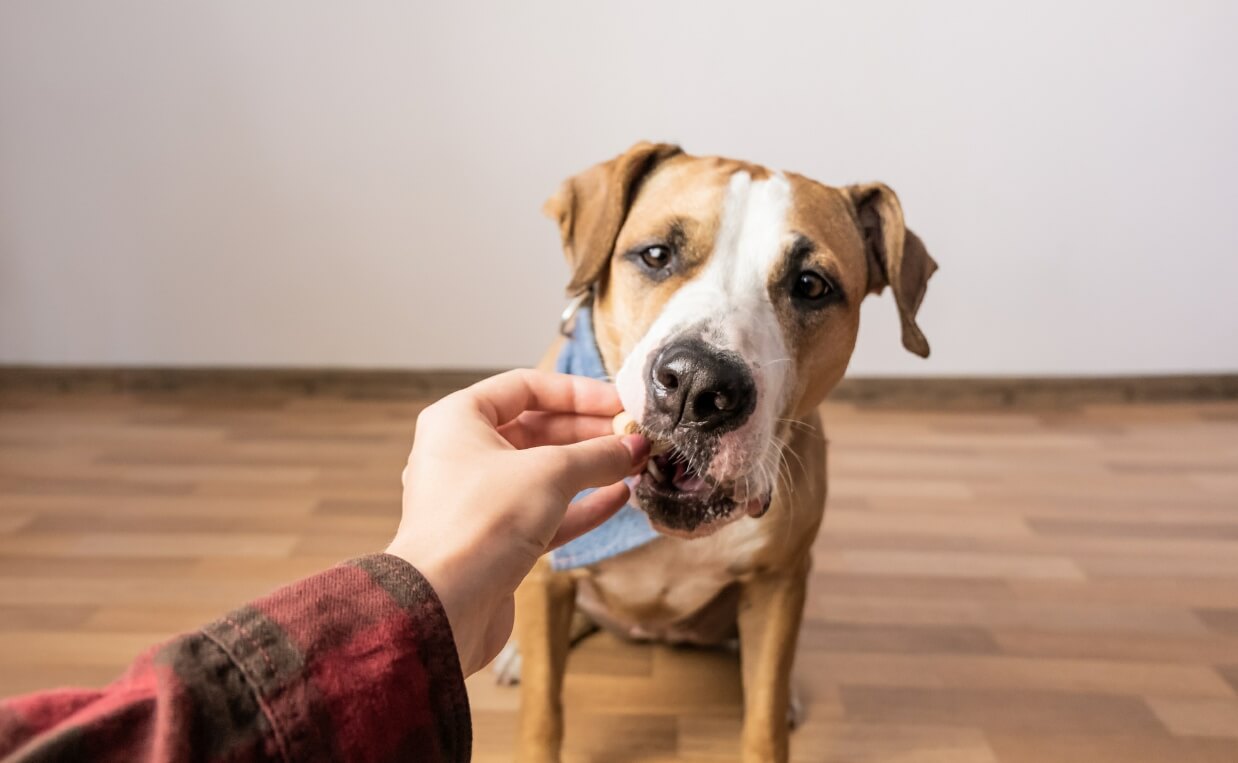
3. Choosing the Right High Value Treats for Your Dog
Selecting the perfect high value treat requires some trial and error, as every dog has unique preferences. Start by observing what types of foods your dog naturally gravitates toward. Do they love the smell of cheese? Are they eager for anything meaty? Their preferences will help guide your choices.
When choosing treats, consider the following factors:
• Size and Portability: High value treats should be small enough to be consumed quickly. Bite-sized pieces are ideal for maintaining the flow of a training session without causing delays. They should also be easy to carry in a treat pouch or pocket.
• Dietary Restrictions: If your dog has food allergies or sensitivities, select treats that align with their dietary needs. There are many hypoallergenic and grain-free options available.
• Healthiness: While high value treats are meant to be special, it’s still important to ensure they are healthy. Avoid treats high in sugar, salt, or artificial additives. Instead, opt for natural options like small chunks of cooked turkey or carrots.
• Appeal: Test a variety of treats to determine what excites your dog the most. You might find that their preferences change over time, so it’s good to have a few options on hand.
Keep in mind that homemade treats can also be an excellent choice. You can bake bite-sized pieces of chicken, fish, or sweet potatoes in your kitchen to create a cost-effective and healthy treat that matches your dog’s tastes.
Related: Guide to Choosing the Best Dog Treats for Your Dog
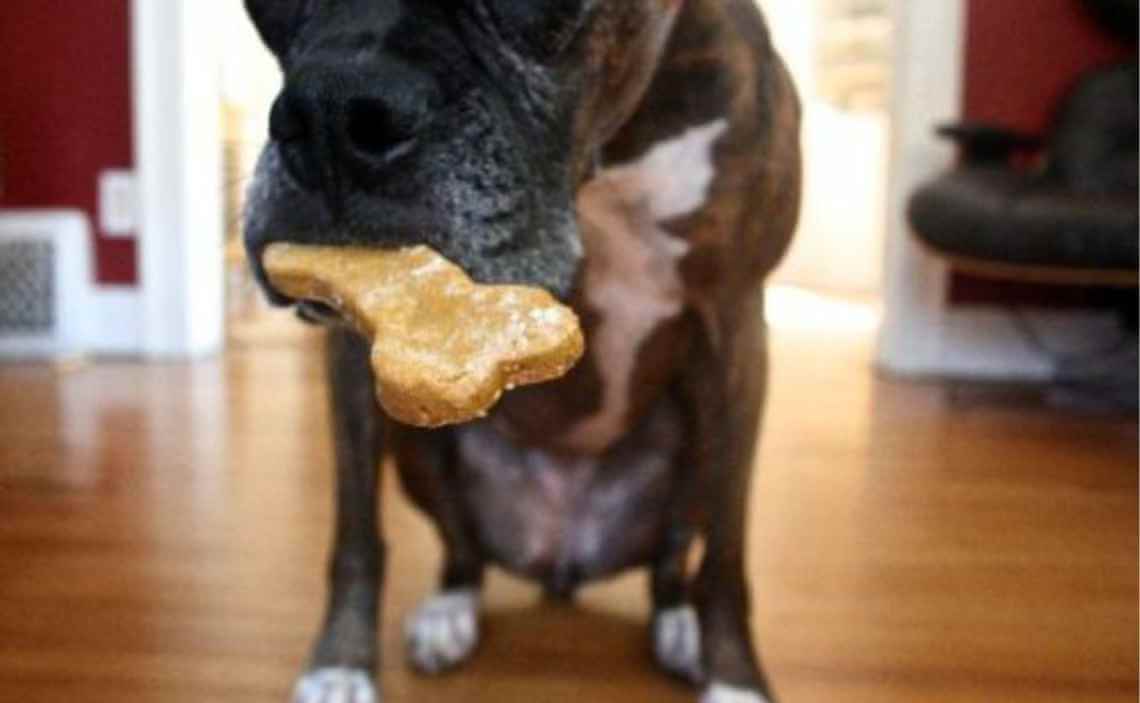
4. When to Use High Value Treats for Dogs
Knowing when to use high value treats for dogs is just as important as choosing the right ones. These treats are a finite resource in your training toolkit, so it’s essential to use them strategically to maximize their impact.
One of the best times to use high value treats is during the early stages of teaching a new behavior or command. When your dog is learning something unfamiliar, the added incentive of a special treat can motivate them to try harder and engage more deeply. For instance, if you’re teaching your dog to “stay” or “leave it,” high value treats can make the learning process more exciting and rewarding.
High value treats are also crucial for training in environments with high distractions. Whether you’re working on recall at a dog park or practicing leash manners in a busy neighborhood, the enticing aroma of a high value treat can help your dog focus on you instead of their surroundings.
Another important use is during behavior modification. If your dog is fearful or reactive, high value treats can serve as a positive association with the trigger. For example, if your dog is afraid of the vacuum cleaner, rewarding them with a high value treat every time the vacuum is turned on can help change their perception of it over time.
It’s also a good idea to use high value treats sparingly to maintain their novelty. If your dog receives these treats too often, they may lose their special appeal. Reserve them for specific training goals, milestones, or situations where you need to capture your dog’s attention quickly.
Finally, consider using high value treats to celebrate your dog’s achievements. After a successful training session or a breakthrough moment, offering a special treat reinforces their hard work and builds positive associations with the training process.
Related: Teach Your Dog to Take Treats Gently
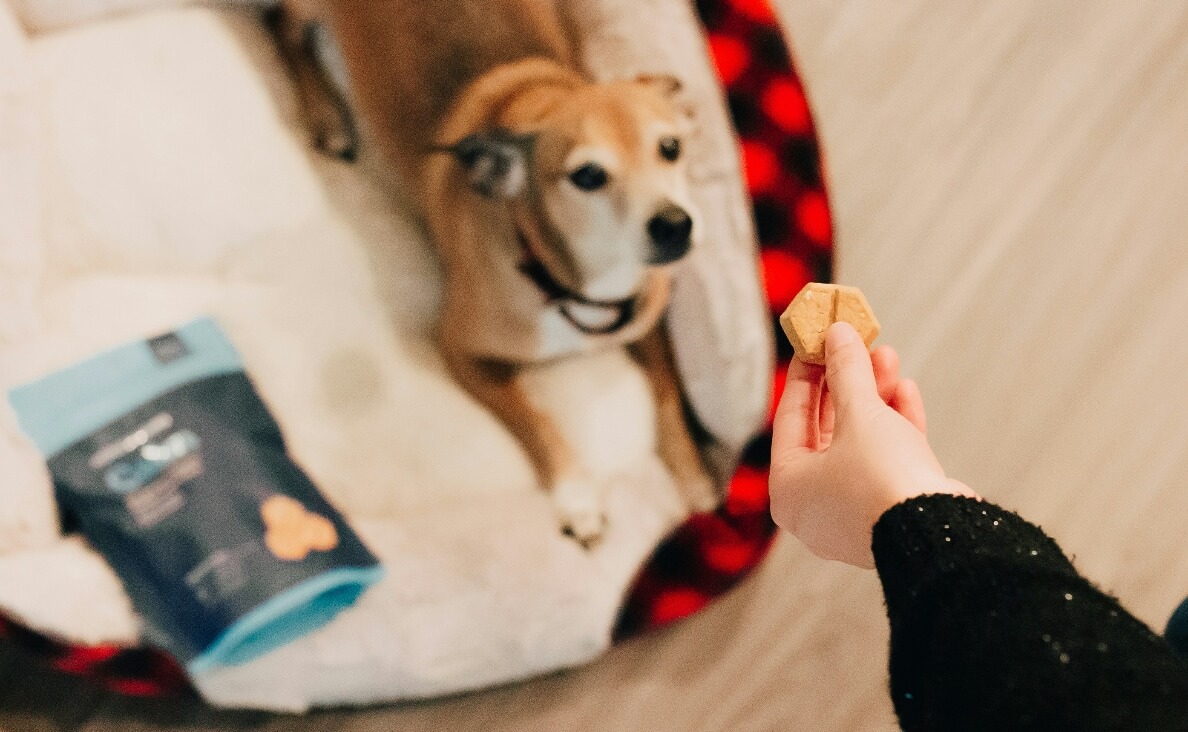
5. Tips for Storing and Preparing High Value Treats
To keep your high value treats fresh and ready for use, proper storage is essential. Many treats, especially those made from fresh ingredients, need refrigeration to maintain their quality. Store them in airtight containers to prevent spoilage and preserve their aroma.
If you’re using homemade treats, consider making small batches to ensure they stay fresh. You can also freeze portions and thaw them as needed to extend their shelf life. For on-the-go training sessions, invest in a treat pouch or small resealable bags to keep treats accessible and mess-free.
When preparing high value treats, focus on simplicity and safety. Avoid adding seasonings, oils, or spices that could upset your dog’s stomach. If you’re baking or cooking treats at home, stick to ingredients you know your dog tolerates well, such as plain chicken, beef, or sweet potatoes.
Portable options like freeze-dried treats are also a great choice for their long shelf life and ease of use. These treats are lightweight, mess-free, and highly palatable, making them perfect for training sessions outdoors or at dog-friendly events.
Related: The Ultimate Guide to Foods You Can and Can’t Feed Your Dog
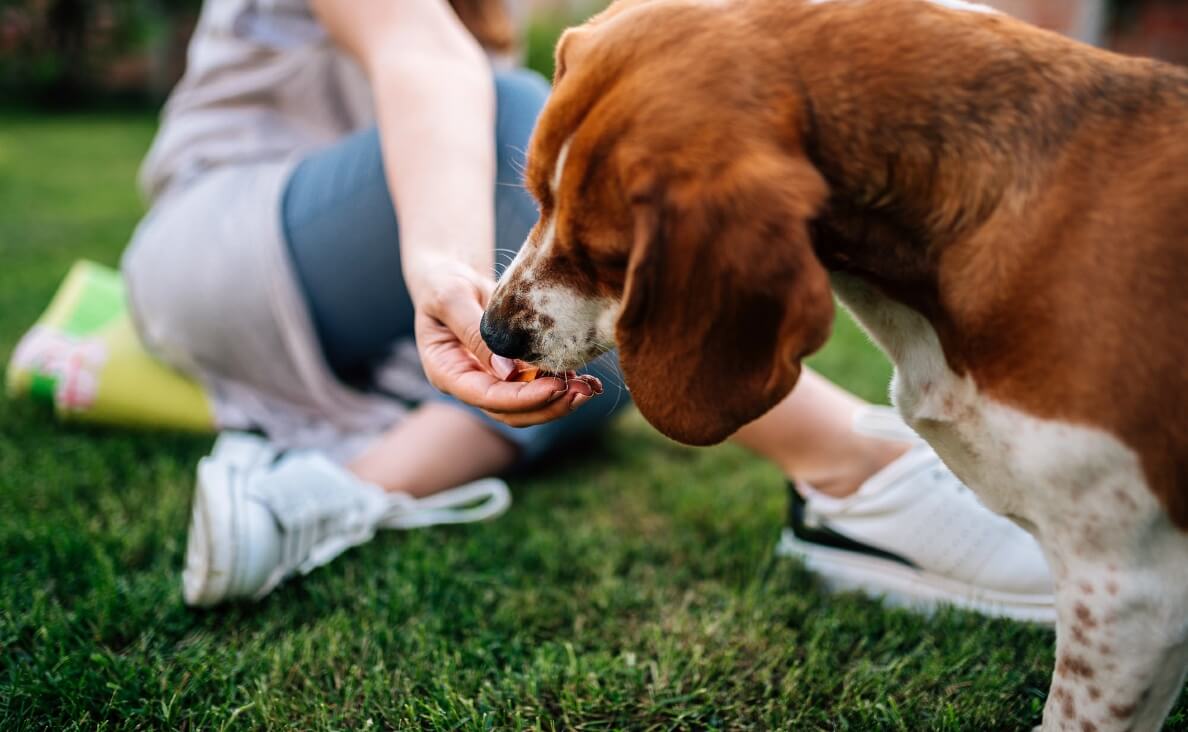
6. Common Mistakes to Avoid
While high value treats are incredibly effective, there are a few pitfalls to watch out for. Overusing these treats can create a dependency, where your dog only performs desired behaviors when high value treats are present. To avoid this, gradually reduce the frequency of these treats and incorporate verbal praise, toys, or regular treats as alternative rewards.
Another mistake is using treats that are too large or unhealthy. Oversized treats can lead to overfeeding and disrupt your dog’s diet. Remember that treats should make up no more than 10% of your dog’s daily caloric intake.
Finally, don’t forget to adjust your treat usage as your dog progresses in training. As they master a behavior, transition to using high value treats less frequently to maintain their effectiveness. This will also help ensure your dog doesn’t become reliant on treats for basic commands.
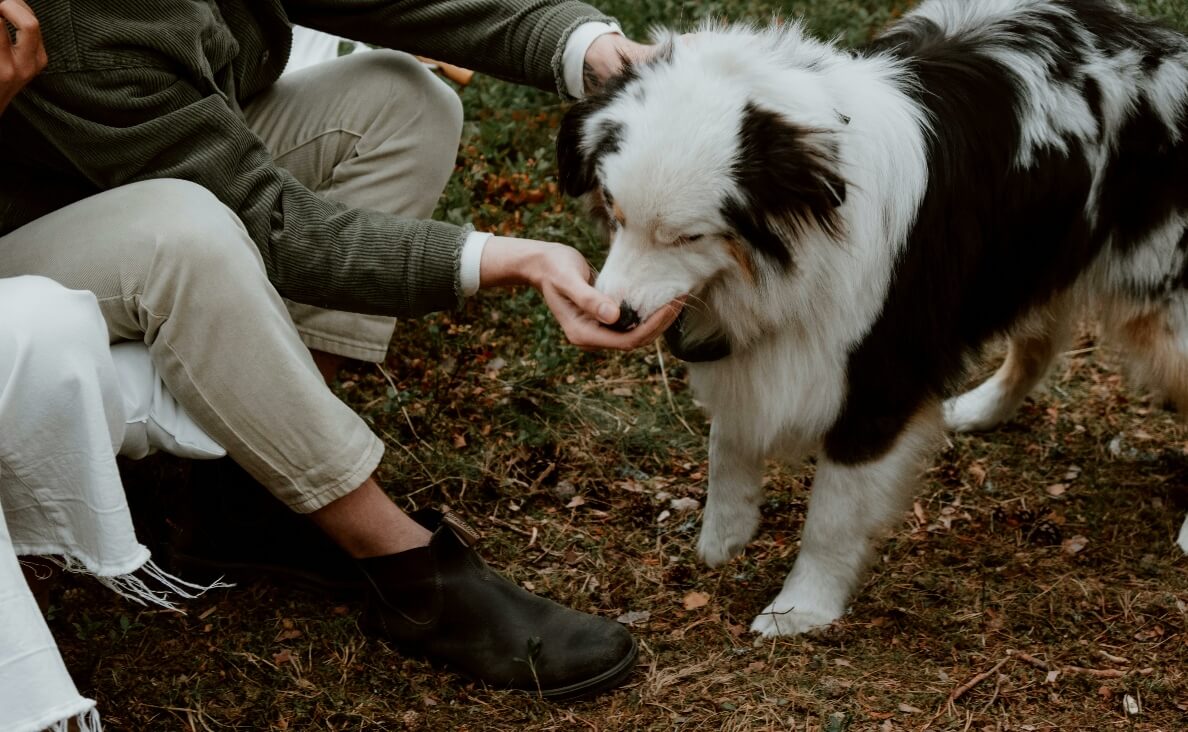
Final Thoughts
High value treats for dogs are an invaluable resource for any pet owner looking to train their furry friend effectively. By understanding what makes a treat high value, choosing the right options, and using them strategically, you can transform your training sessions into enjoyable and productive experiences. These treats not only motivate your dog but also strengthen the bond between you and your loyal companion.
What’s your dog’s favorite high value treat? Share your experiences and tips in the comments below—I’d love to hear about your training success stories!

 Can Dogs Drink Beer, Wine or Liquor?
Can Dogs Drink Beer, Wine or Liquor? 5 Tips for Preventing Obesity in Your Dog
5 Tips for Preventing Obesity in Your Dog Healthy Easy Homemade Dog Treats
Healthy Easy Homemade Dog Treats Should You Feed Your Puppy Adult Dog Food?
Should You Feed Your Puppy Adult Dog Food? Is It Safe for Dogs to Eat Human Food? What You Should Know
Is It Safe for Dogs to Eat Human Food? What You Should Know






Leave a Reply